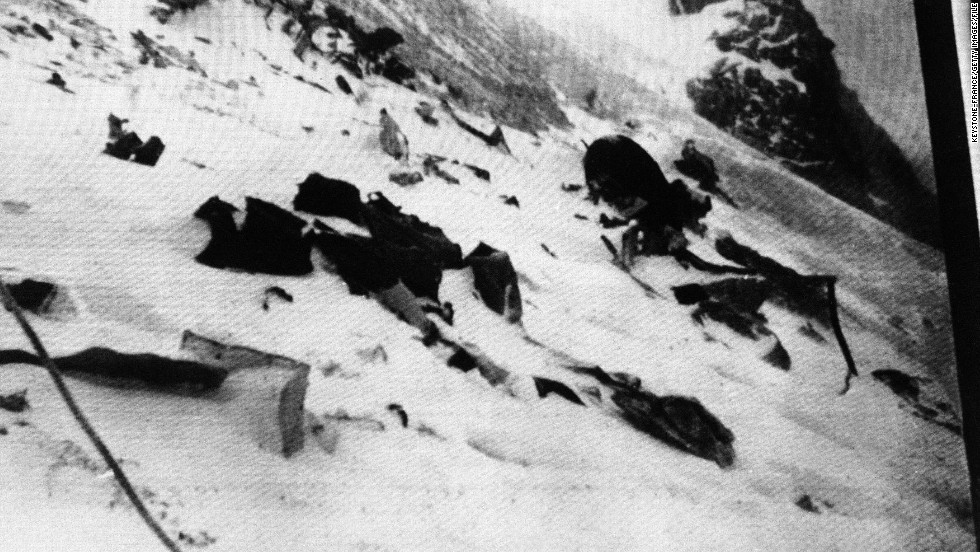Crash of an Ilyushin II-14 into the Mediterranean Sea: 16 killed
Date & Time:
Oct 29, 1956
Registration:
1101
Survivors:
No
Schedule:
Damascus – Cairo
Crew on board:
4
Crew fatalities:
Pax on board:
12
Pax fatalities:
Other fatalities:
Total fatalities:
16
Circumstances:
The Ilyushin was returning to Cairo on a flight from Damascus, carrying several members of the Egyptian Air Force and Air Defence Command. While cruising at an altitude of 10,000 feet, the aircraft was intercepted by a Gloster Meteor NF.13 belonging to the Israel Air Force. The Israel Secret Services have been informed about the presence on board of the Egyptian General Abed al-Hakim Amar and order was given to shot down the aircraft. The crew of the Meteor (one pilot and one navigator) attacked the Ilyushin several times and the aircraft went out of control and eventually crashed into the Mediterranean Sea, killing all on board. It was later confirmed by the Egyptian Authorities that the General Amar was not on board.
Probable cause:
Shut down by an Israeli fighter.









